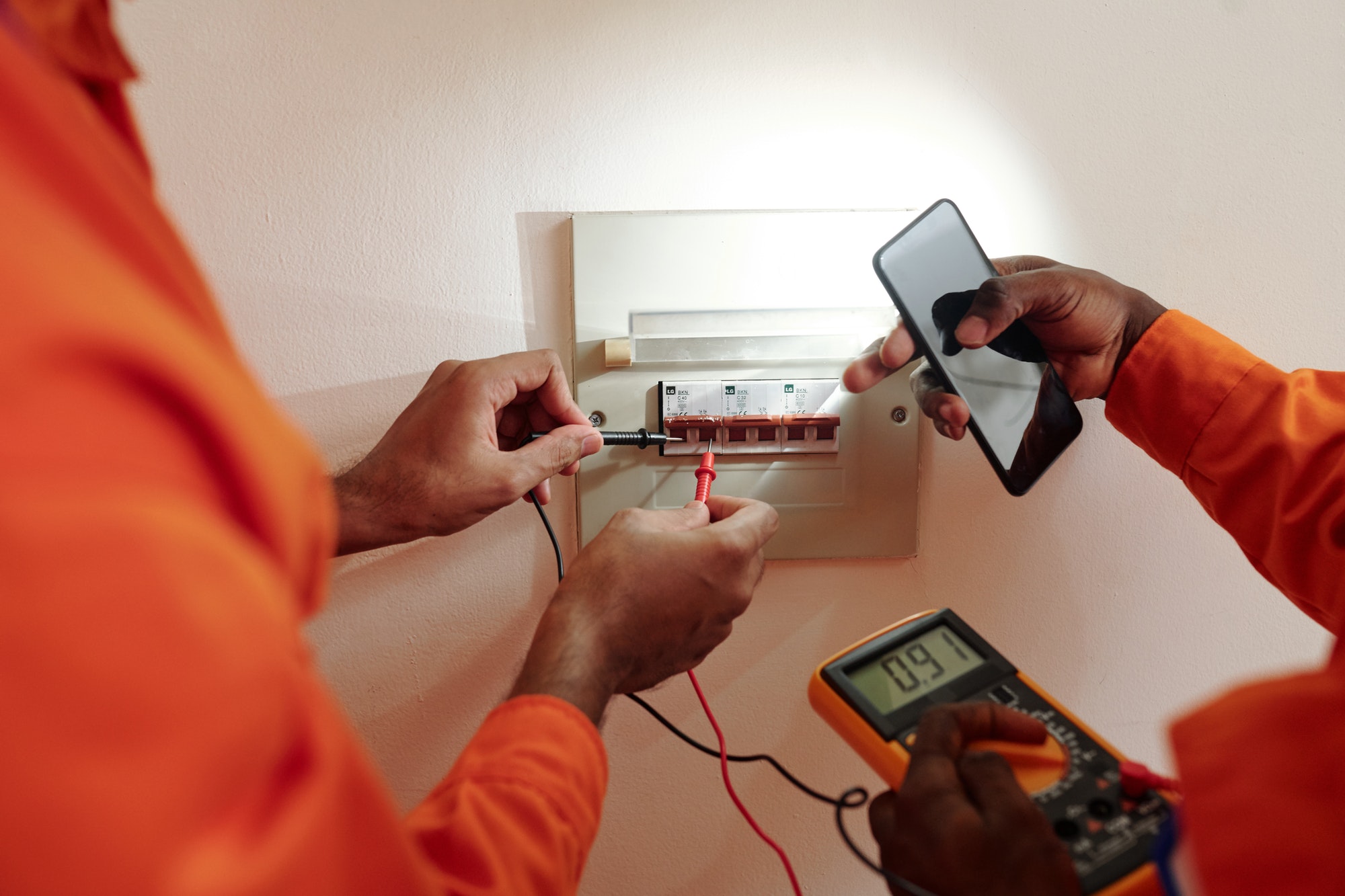As electric vehicles (EVs) become increasingly popular, the need for reliable and efficient charging solutions has grown. Understanding the different types of EV chargers is essential for choosing the right one for your needs, whether at home, at work, or on the road. Here’s a comprehensive guide to the various types of EV chargers and how to select the best option for your requirements.
1. Levels of EV Chargers
EV chargers are generally categorized into three levels, each offering different charging speeds and capabilities.
Level 1 Chargers:
- Description: Level 1 chargers use a standard household outlet (120 volts) and provide the slowest charging speed.
- Charging Speed: Typically adds 2-5 miles of range per hour.
- Best For: Home use with overnight charging; suitable for plug-in hybrid electric vehicles (PHEVs) and EV owners with short daily commutes.
- Advantages: No special equipment required, low installation cost.
- Disadvantages: Very slow charging speed, not ideal for all-electric vehicles with larger batteries.
Level 2 Chargers:
- Description: Level 2 chargers use a 240-volt outlet, similar to what is used for large appliances like dryers.
- Charging Speed: Typically adds 10-60 miles of range per hour, depending on the charger’s power output and the vehicle’s acceptance rate.
- Best For: Home use, workplaces, and public charging stations; ideal for all-electric vehicles.
- Advantages: Faster charging speed, widely available, suitable for daily charging needs.
- Disadvantages: Requires professional installation, higher cost than Level 1 chargers.
Level 3 Chargers (DC Fast Chargers):
- Description: Level 3 chargers, also known as DC Fast Chargers, use direct current (DC) to charge the vehicle’s battery directly.
- Charging Speed: Typically adds 60-100+ miles of range in 20-30 minutes.
- Best For: Public charging stations along highways and in urban areas; ideal for long-distance travel and quick top-ups.
- Advantages: Very fast charging speed, essential for long trips.
- Disadvantages: Expensive installation and equipment, not suitable for home use, not all EVs can use DC fast charging.
2. Connector Types
Different EVs use different types of connectors, which can impact the compatibility with various charging stations.
SAE J1772:
- Description: The standard connector for Level 1 and Level 2 chargers in North America.
- Compatibility: Most EVs and PHEVs in North America use this connector.
CHAdeMO:
- Description: A connector standard for DC fast charging, primarily used by Japanese automakers.
- Compatibility: Commonly found in Nissan and Mitsubishi EVs.
Combined Charging System (CCS):
- Description: A connector that combines the J1772 connector for Level 1 and Level 2 charging with additional pins for DC fast charging.
- Compatibility: Widely adopted by European and American automakers.
Tesla Connector:
- Description: Tesla vehicles use a proprietary connector for both AC and DC charging.
- Compatibility: Tesla Supercharger network and Tesla Wall Connectors; adapters are available for other charger types.
3. Factors to Consider When Choosing an EV Charger
When selecting an EV charger, consider the following factors to ensure it meets your needs:
Vehicle Compatibility:
- Ensure the charger is compatible with your EV’s connector type and charging capabilities.
Charging Speed:
- Consider how quickly you need to charge your vehicle. For daily home use, a Level 2 charger is usually sufficient, while long-distance travelers might benefit from access to Level 3 chargers.
Location and Installation:
- Determine where you will be charging most often and whether the location has the necessary electrical infrastructure. Level 2 chargers typically require a dedicated 240-volt circuit, while Level 3 chargers require specialized installation.
Cost:
- Consider the upfront cost of the charger, installation fees, and potential upgrades to your electrical system. Also, factor in any available incentives or rebates for installing an EV charger.
Smart Features:
- Some chargers come with smart features like Wi-Fi connectivity, mobile app control, scheduling, and energy usage monitoring. These features can provide added convenience and efficiency.
Future-Proofing:
- Think about future needs, such as purchasing additional EVs or upgrading to a vehicle with a larger battery. Choosing a charger with higher power output can help accommodate future requirements.
Conclusion
Understanding the different types of EV chargers and their features is essential for selecting the right one for your needs. Whether you need a simple and affordable Level 1 charger for overnight home charging, a faster Level 2 charger for daily use, or access to Level 3 chargers for long-distance travel, there are options available to suit every requirement. By considering factors like charging speed, location, cost, and smart features, you can make an informed decision and ensure that your EV charging experience is convenient, efficient, and reliable.






